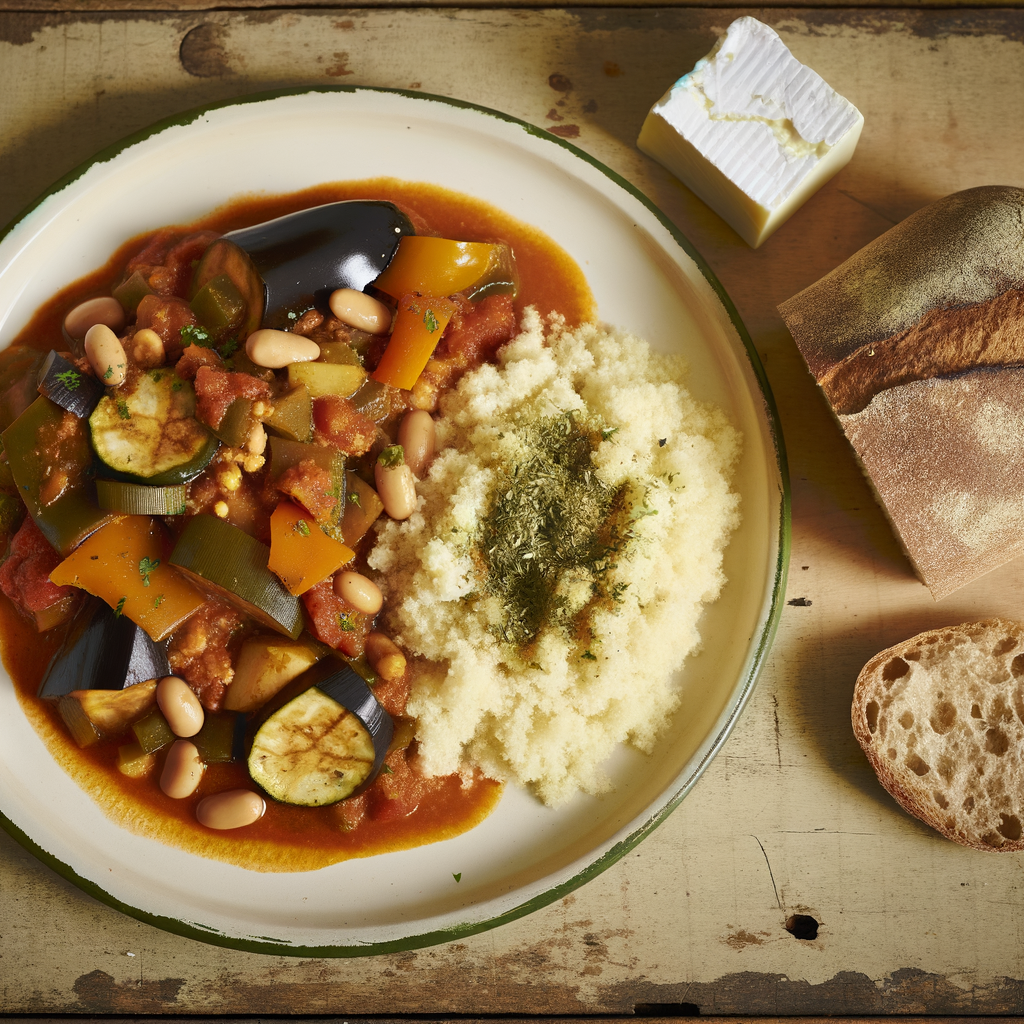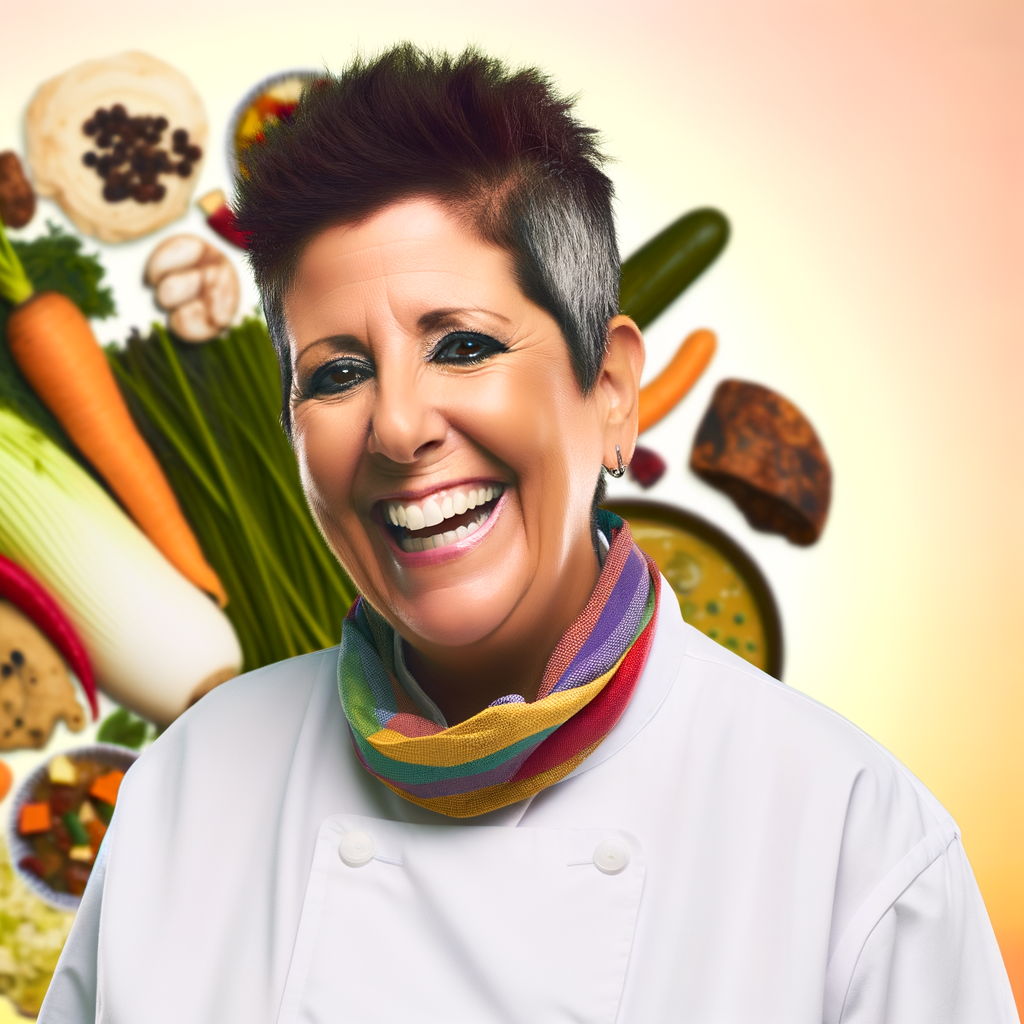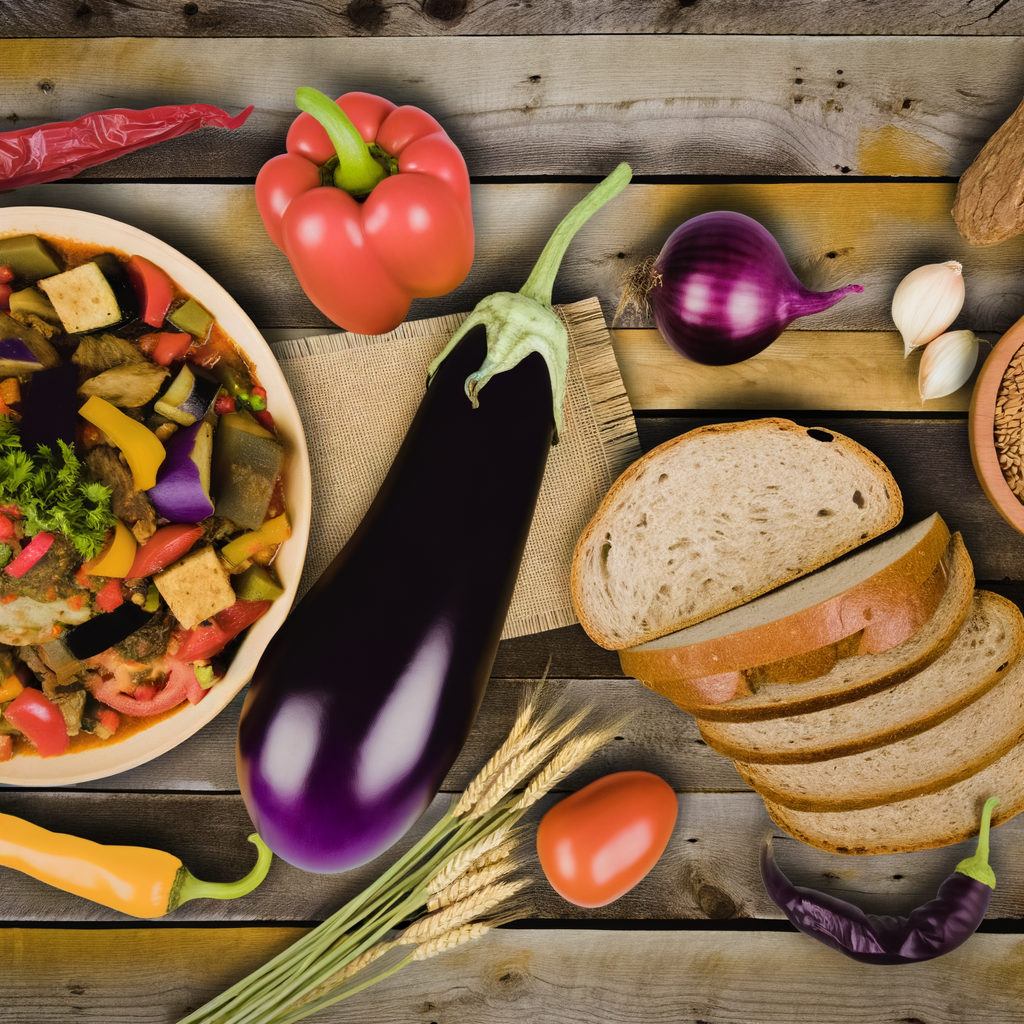Vegetarianism has gained popularity in recent years, with an increasing number of people choosing to follow a plant-based diet. As a chef, it is important to cater to the dietary preferences of your customers and offer delicious options for all. In this article, we will explore the basics of vegetarianism and how you can incorporate it into your cooking.
Firstly, it is important to understand the different types of vegetarians. Lacto-ovo vegetarians consume dairy and eggs, while lacto-vegetarians consume dairy but not eggs. Vegans, on the other hand, avoid all animal products including dairy, eggs, and even honey. As a chef, it is important to clarify the specifics of your customer’s dietary preferences to ensure they have a satisfactory dining experience.
Next, let’s talk about the benefits of vegetarianism. Plant-based diets have been linked to various health benefits such as lower risk of heart disease, improved digestion, and weight loss. Additionally, vegetarian dishes can be a great source of nutrients such as fiber, vitamins, and minerals.
Now, let’s get to the exciting part – cooking vegetarian dishes. With a little creativity and the right ingredients, vegetarian dishes can be just as flavorful and satisfying as meat-based dishes. Incorporating a variety of vegetables, grains, legumes, and herbs can elevate your dishes and add a burst of flavor.
In conclusion, as a chef, it is important to be knowledgeable about different dietary preferences and offer options for all. Vegetarianism is a growing trend that should not be ignored, and with some effort, you can create delicious and nutritious vegetarian dishes that will satisfy all your customers.





